IMF issued a report today suggesting that with UK inflation currently 2% above its neutral rate estimate, BoE should consider moving towards monetary easing.
IMF highlighted the risks of “delayed easing”, cautioning that while BoE emphasizes the need to wait for clearer signs of reduced inflation persistence, holding off too long could be detrimental.
Additionally, keeping the Bank Rate unchanged as inflation and inflation expectations decrease would “raise ex-post real rates”, which could hinder or even reverse the economic recovery. This scenario might lead to “extended undershooting of the inflation target”.
To address these concerns, IMF recommends that BoE implement rate cuts totaling 50-75 basis points in 2024. This would help balance the risks of premature easing against the need to support economic growth and ensure inflation remains on target.




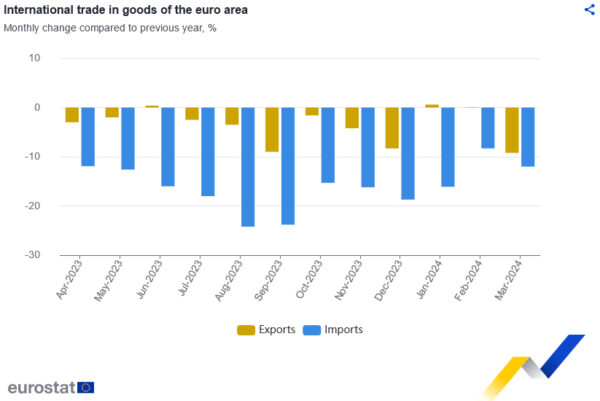
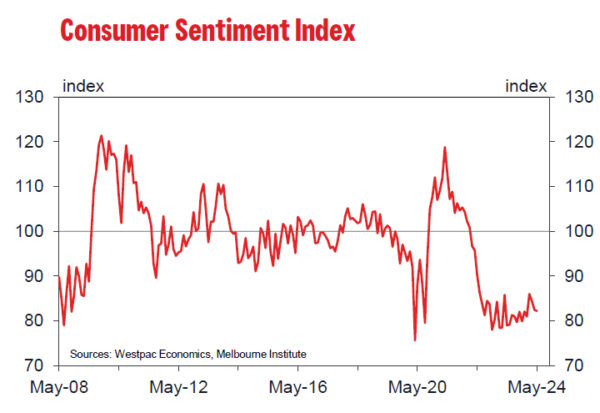
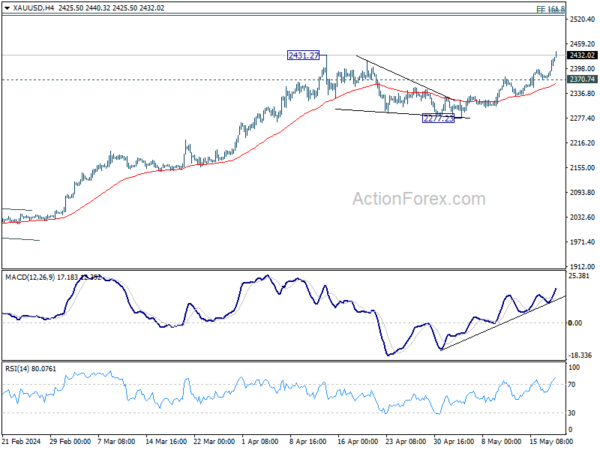
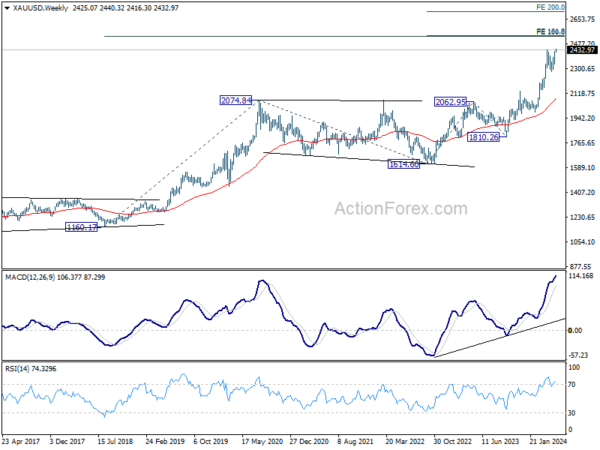
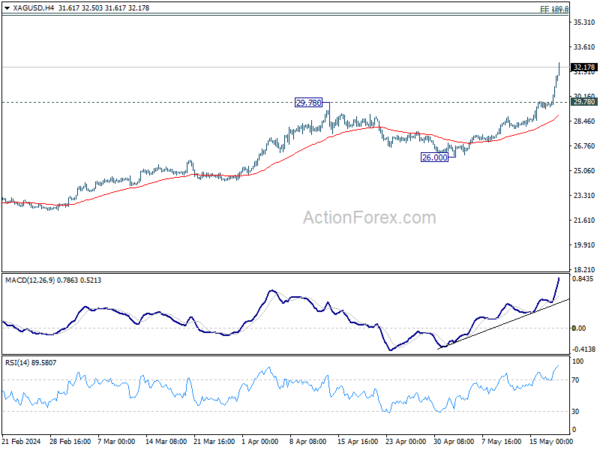
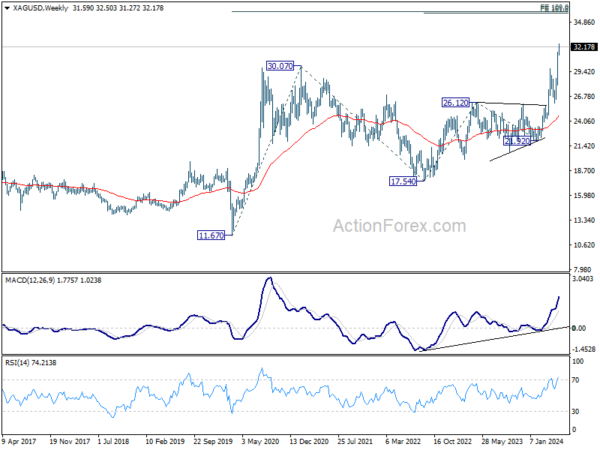
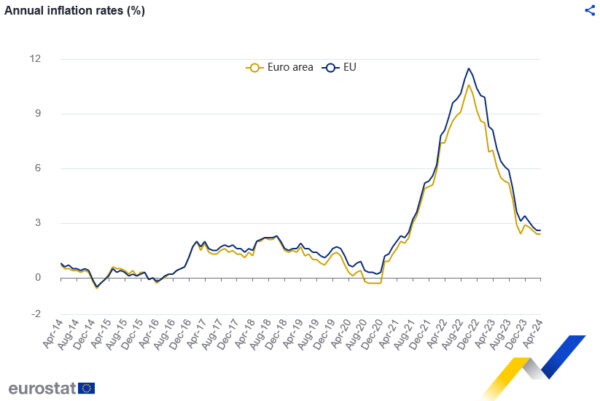
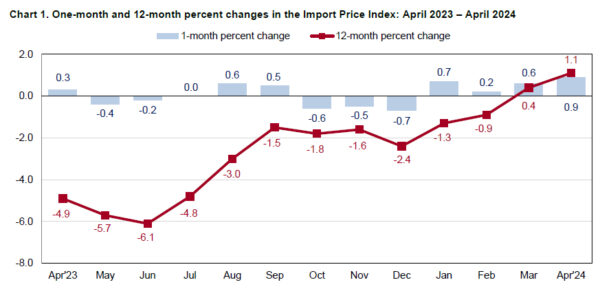
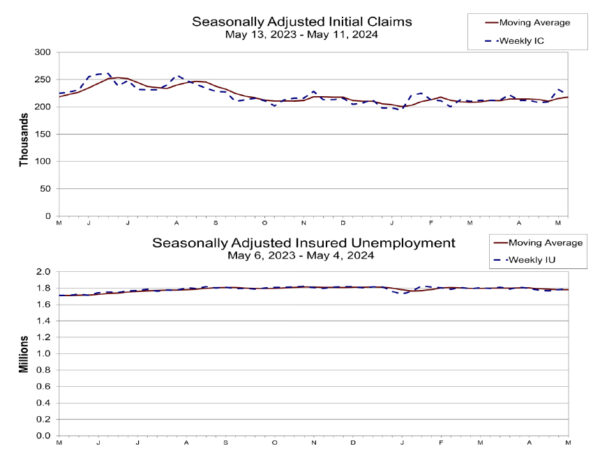

Canada’s CPI falls to 2.7% in Apr, matches expectations
Canada’s CPI slowed from 2.9% yoy to 2.7% yoy in April, matched expectations. Ex-gasoline, CPI slowed from 2.8% yoy to 2.5% yoy. Gasoline prices accelerated from 4.5% yoy to 6.1% yoy. Food prices slowed from 1.9% yoy to 1.4% yoy. On a monthly basis CPI rose 0.5% mom, matched expectations.
Looking at the core measures, CPI median slowed from 2.9% yoy to 2.6% yoy, below expectation of 2.7% yoy. CPI trimmed slowed from 3.2% yoy to 2.9% yoy, matched expectations. CPI common slowed from 2.9% yoy to 2.6% yoy, below expectation of 2.8% yoy.
Full Canadian CPI release here.